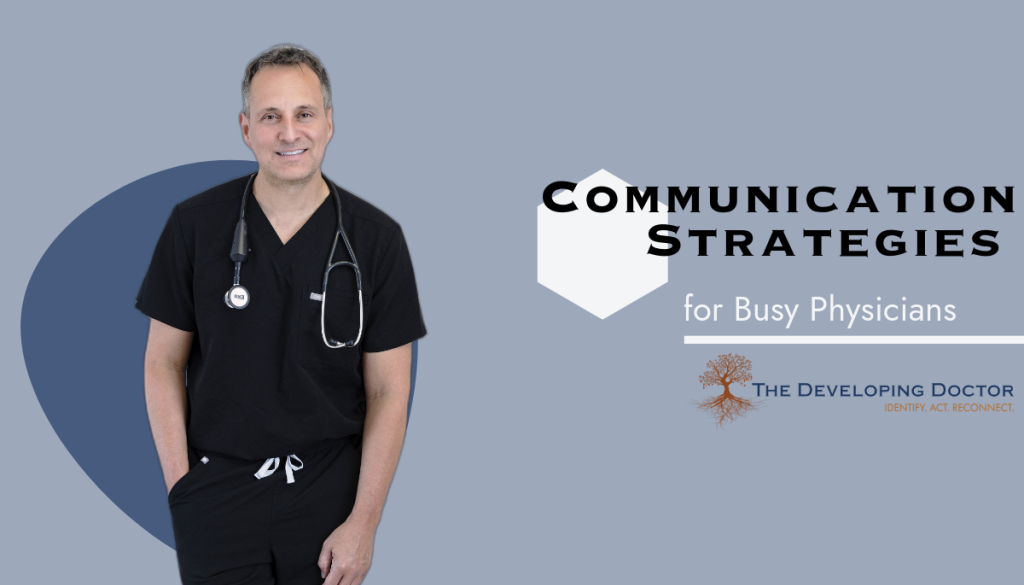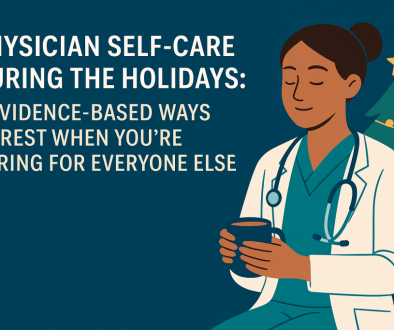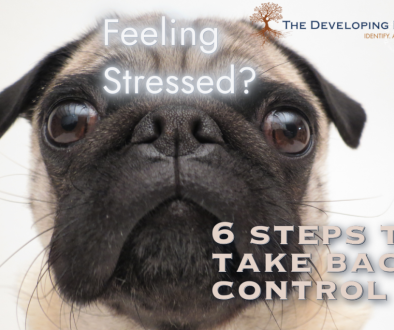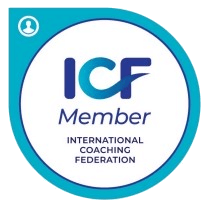Transform Your Medical Practice: Evidence-Based Communication Strategies for Better Patient Outcomes
Recent studies paint a compelling picture: half of physicians report experiencing burnout, with poor doctor-patient communication cited as a significant contributor. Yet, research published in the Journal of General Internal Medicine shows that effective communication can reduce burnout by up to 40% while improving patient outcomes by 30%
Being a doctor is more than diagnosing and prescribing treatments. It’s about building trust, fostering relationships, and making patients feel seen and heard. Yet, even the most skilled physicians unknowingly make mistakes that hinder these connections. In this blog, we’ll uncover three common yet critical mistakes doctors make in patient care and, more importantly, how to fix them. Small changes can improve outcomes, trust, and career satisfaction.
The Impact of Physician-Patient Communication: By the Numbers
- 71% of medical errors are attributed to communication breakdowns (Joint Commission)
- Practices with high communication scores see 23% fewer malpractice claims
- Patient satisfaction increases by 40% with improved physician communication
- Treatment adherence improves by 35% when doctors effectively explain care plans
Doctor-Patient Communication Mistake #1: Treating the Condition, Not the Patient
Have you ever felt like a patient wasn’t fully engaged in their care? Perhaps they nodded during your explanation but later failed to follow your recommendations. This often happens when patients feel like a diagnosis rather than a person. While doctors are trained to focus on symptoms and conditions, it’s crucial to remember that behind every chart is a human being with emotions, concerns, and unique experiences. A 2023 study in the Journal of Patient Experience found that physicians who spend just 30 seconds building rapport at the start of visits see:
- 28% higher patient satisfaction scores
- 45% better treatment adherence
- 33% reduction in follow-up calls and emails
How to Fix It:
- Take 30 seconds to connect with your patient beyond their symptoms. Ask about their day or family—it shows you care about them as a person.
- Use phrases like, “What I hear you saying is…” to validate their concerns and demonstrate active listening.
- Maintain eye contact and genuinely engage in the conversation, ensuring your patient feels acknowledged and respected.
- Implement the BATHE technique (Background, Affect, Trouble, Handling, Empathy), which studies show can reduce visit times by 15% while improving patient satisfaction
- Use validated empathy statements that increase patient trust by 40%
By prioritizing connection, you’ll foster trust and make patients more likely to follow your advice, ultimately leading to better outcomes.
Doctor-Patient Communication Mistake #2: Over-Explaining with Medical Jargon
Doctors often believe that providing detailed explanations and medical terminology will establish their expertise. However, this approach can overwhelm patients, leaving them confused and disengaged. A confused patient is less likely to comply with treatment and may feel anxious or frustrated. Research from the National Institutes of Health reveals that:
- 68% of patients misunderstand at least one medical term during consultations
- Simple language improves comprehension by 407%
- Visual aids increase patient understanding by 43%
How to Fix It:
- Avoid technical language. Instead of saying, “Your ejection fraction is low,” try, “Your heart isn’t pumping as strongly as it should.”
- Use relatable analogies. For instance, compare clogged arteries to blocked pipes to simplify complex concepts.
- Ask clarifying questions like, “Does that make sense?” or “What can I explain more clearly?” to ensure understanding.
- Use the “teach-back” method, which studies show reduces hospital readmissions by 30%
- Implement the “chunk and check” technique for complex information
- Utilize patient education materials at appropriate reading levels (5th-7th grade)
Clear communication empowers patients, making them active participants in their care and strengthening the doctor-patient relationship.
Doctor-Patient Communication Mistake #3: Rushing Through Appointments
With packed schedules and endless documentation, it’s tempting to speed through visits. However, patients can quickly sense when rushed, which may leave them feeling insignificant and erode their trust in you. Ironically, slowing down, even for just a minute, can save time in the long run by reducing misunderstandings and preventing follow-up concerns. A 2022 study in Health Affairs found that:
- Physicians who appear rushed face 67% more patient complaints
- Each additional minute of focused attention reduces follow-up calls by 12%
- Practices that implement structured time management see 25% higher patient satisfaction
How to Fix It:
- Before entering the exam room, take a moment to breathe and center yourself to be fully present.
- End appointments by asking, “Is there anything else on your mind?” If time is limited, offer to address additional concerns in a follow-up visit.
- Use open body language—sit down, uncross your arms, and make eye contact to convey your full attention.
- Use pre-visit planning to save 4-7 minutes per appointment
- Implement medical scribes to reduce documentation time by 40%
- Structure visits using the 4E framework (Engage, Empathize, Educate, Enlist)
These small adjustments can make a big difference in how valued and heard your patients feel, enhancing their overall experience and trust in your care.
Measuring Success Through Metrics
Track these evidence-based indicators:
- Patient satisfaction scores (Press Ganey or similar)
- Treatment adherence rates
- No-show percentages
- Patient portal engagement
- Referral patterns
- Provider burnout scores
Conclusion: The Evidence-Based Path to Better Care
At its core, medicine is about connection. When you focus on treating the whole person, communicating clearly, and being present during appointments, you improve patient outcomes and find greater fulfillment in your practice. The three mistakes discussed—treating the condition, over-explaining, and rushing—are easy to fall into but just as easy to correct with intentional changes.
Challenge yourself: On your next patient visit, take a moment to slow down, make eye contact, and truly listen. Notice the difference it makes—not just for your patient but also for you.
Ready to transform your practice with evidence-based communication strategies? Join our “Mastery and Wellness: How to Thrive as a Physician” course. Join the physicians who have already enhanced their communication skills and reduced burnout through our proven methodology





